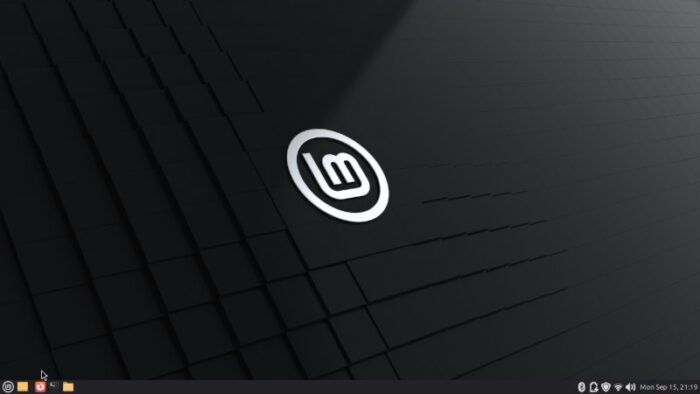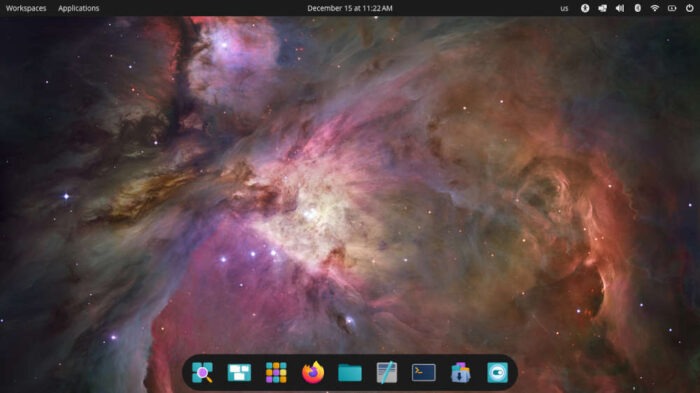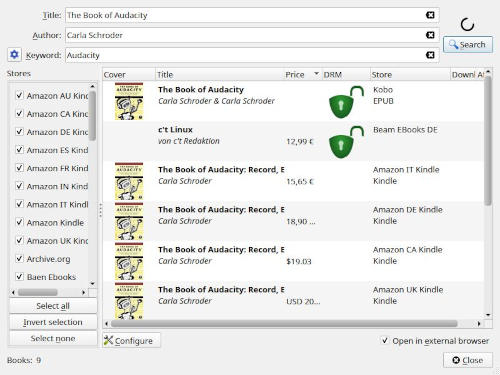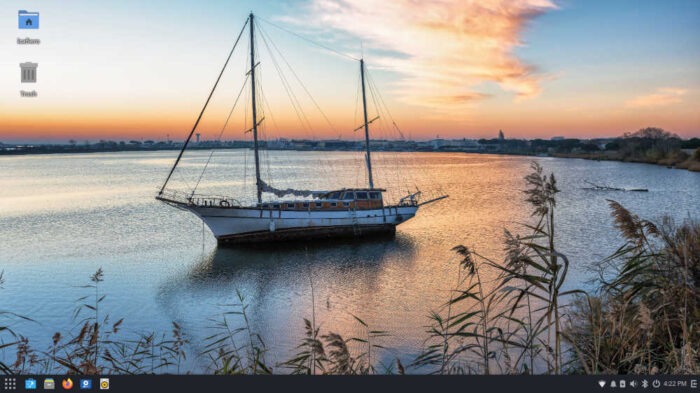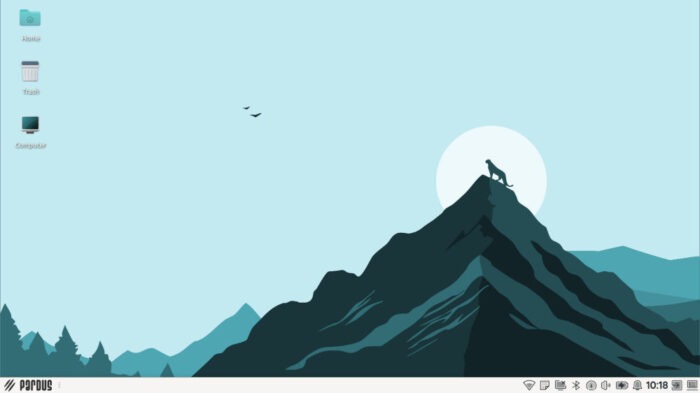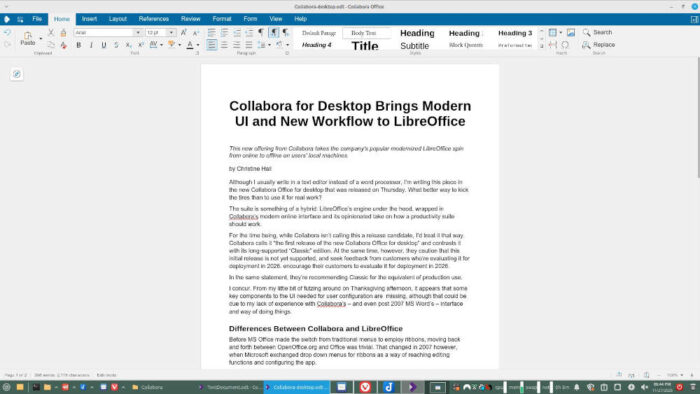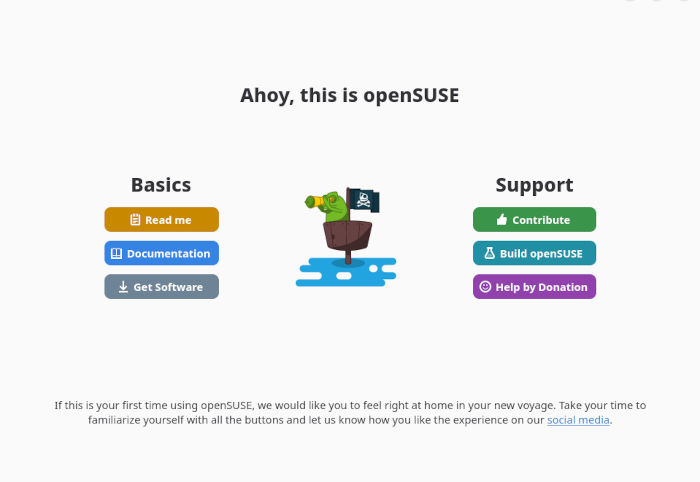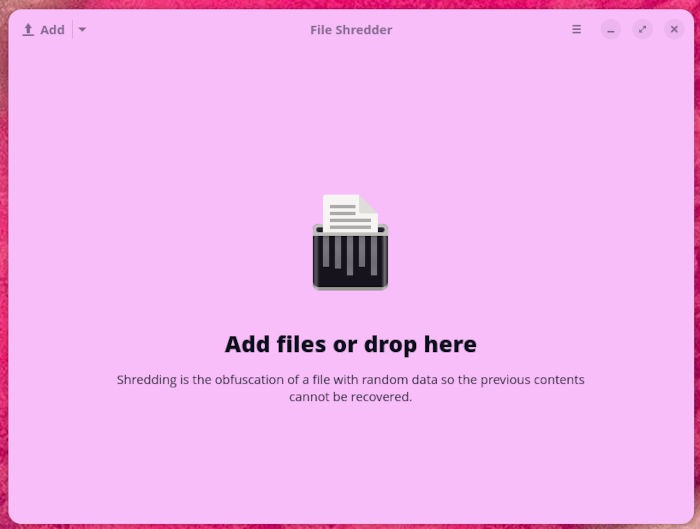Forget arguing about Ubuntu vs. Debian. This roundup sticks to the distros that actually crossed our test bench in this year's Distro of the Week column, and the five that rose above the rest.
Posts published in “Reviews”
System76’s Pop!_OS 24.04 lands with the all-new Cosmic Epoch 1 desktop. We installed it and kicked the tires so you know what to expect.
After looking at the new Calibre 8.16 which puts AI on the playing field, our writer wonders if that's a good idea.
Our Larry Cafiero takes a look at Solus and its homegrown desktop Budgie, and discovers why it's one of the most popular scratch-built distros.
This week’s App of the Week takes a fresh look at VLC 3.0.22, from dark mode on Plasma and Cosmic to niche perks like proper playback of classic Doom and Hexen music files.
Pardus 25.0 promises a “just install and go” experience for Linux users. We test whether this Turkish distro lives up to that promise.
This new offering from Collabora takes the company's popular modernized LibreOffice spin from online to offline on users’ local machines.
For Thanksgiving’s Distro of the Week, we put openSUSE Tumbleweed Xfce through install, configuration, and multitasking tests to see how its classic tools and newer additions hold up in everyday use.
Don’t leave deleted files behind—Raider File Shredder offers an uncomplicated solution for permanently erasing data.

